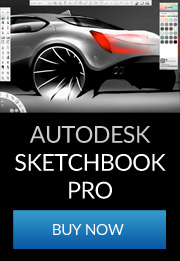Archives for :
Production
A high-speed camera is used to capture visual information during crash tests. Image courtesy & © Volvo Car Corporation
Safety is an increasingly significant element of vehicle design. The earliest automotive legislation related to safety and still accounts for the bulk of all vehicle regulation.
Today, there are two main forces driving improvements in vehicle safety. The first is the consumer, the car buyer who wants a vehicle that will protect them and their family in the event of an accident. The second is the legislature, the organisation responsible for laws and regulations; they not only want improvements in safety for occupants but also for third parties such as pedestrians and other road users.
With sales of premium brands increasing as value brands decline, safety is often a large part of the premium product. In addition to Volvo, most brands now market their safety credentials to the consumer; not least Renault who have invested substantial resources in achieving high EuroNCAP ratings for the reasons outlined above. Safety is a core component of vehicle design.
Principles
Some basic concepts in safety design for vehicles.
Passenger Safety
For decades, vehicle safety has centred around the occupant(s). This section takes a look at the significant aspects of passenger safety.
Pedestrian Safety
A relatively new field, with much yet to be discovered. This section covers the new design approaches to dealing with pedestrian-vehicle impacts.
Technologies
Simple and complex products and systems work together to make up the full portfolio of safety elements on a car. In this section we explore the technologies that are key to safety improvements from crash
Resources
SAVE-U – Sensors and system Architecture for VulnerablE road Users ![]()
Modern manufacturing and assembly processes, whilst highly refined and advanced, are still based in principle on the production-line pioneered by Ford for the Model T in the early years of vehicle mass production. Contemporary systems are fast, precise and now not only actuated by robots, they are increasingly setup and configured by computer.
Pressing
Body-in-White Assembly (BIW)
Following delivery of parts from the press shop the vehicle is assembled from the inside-out.
– Assembly of various modules, typically joined by cramping and spot welding.
Painting
Electro-coating
Drying
Base coat
Top coat
Drying unit
Conveyor to assembly
Final Assembly
Trim (including interior modules)
Powertrain
End of line detail assembly
Testing and inspection
Resources
World Auto Steel – covering all aspects of car production with steel.
